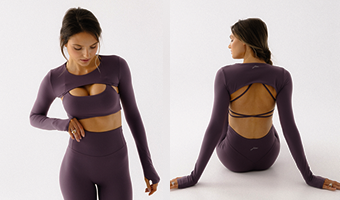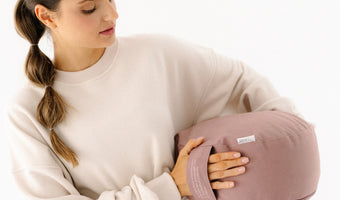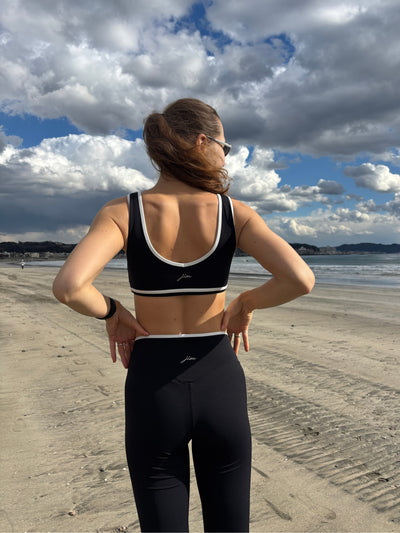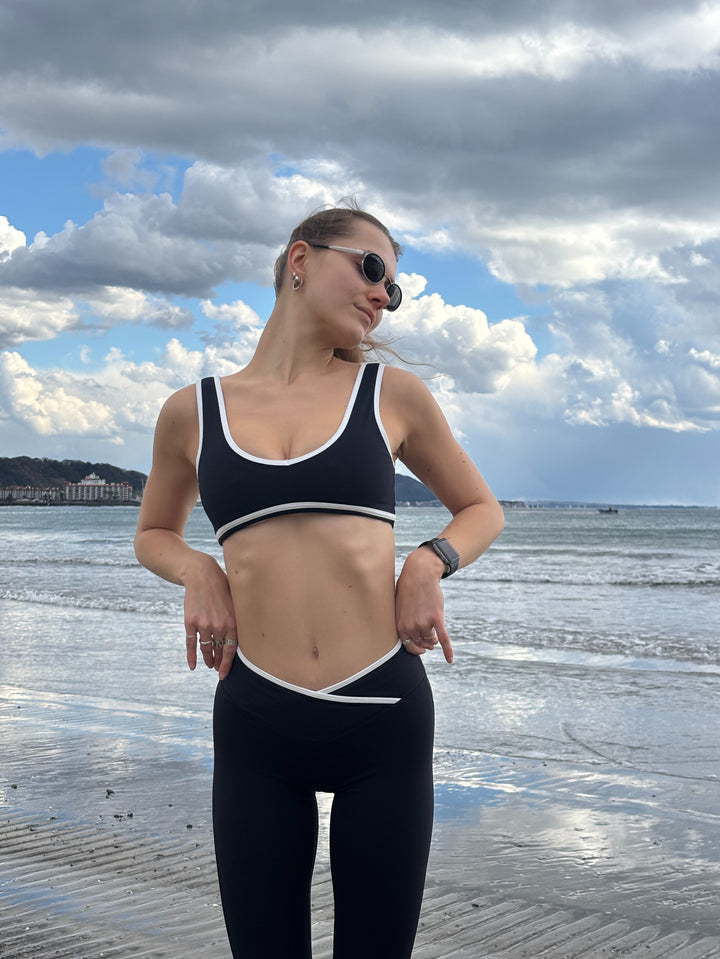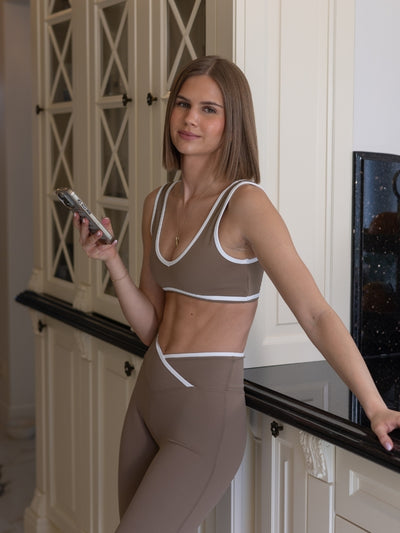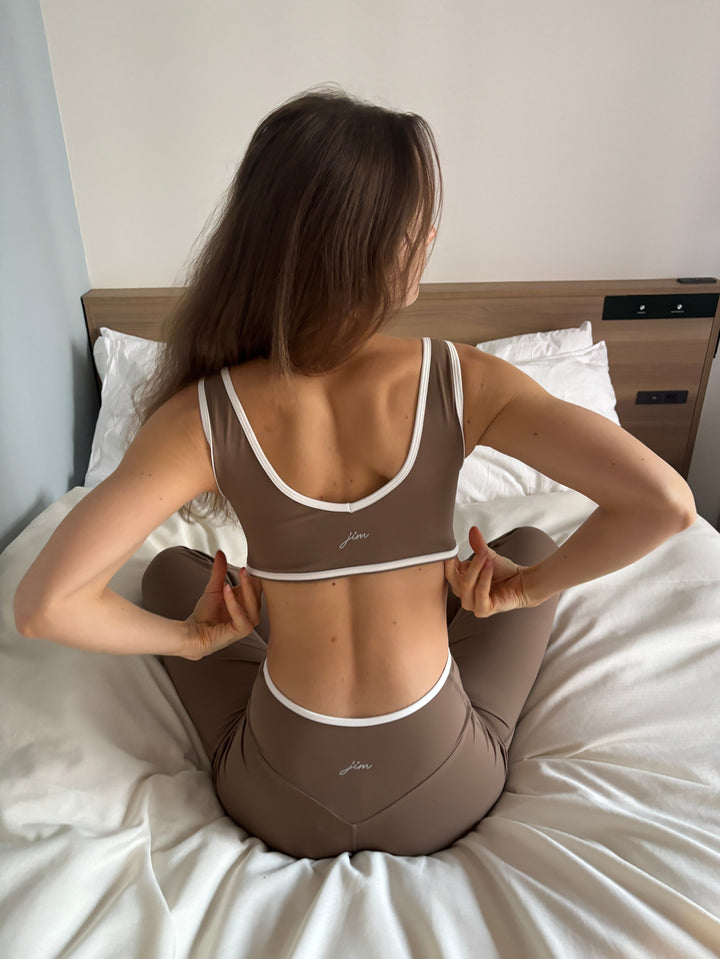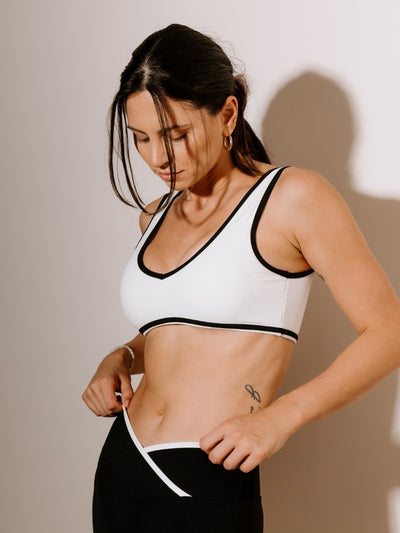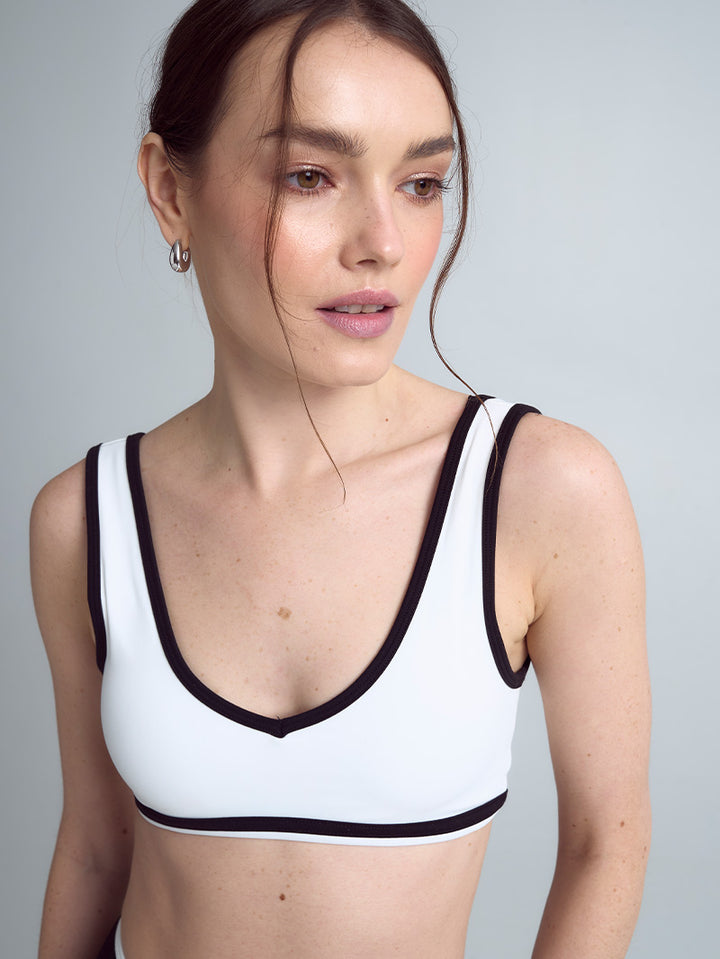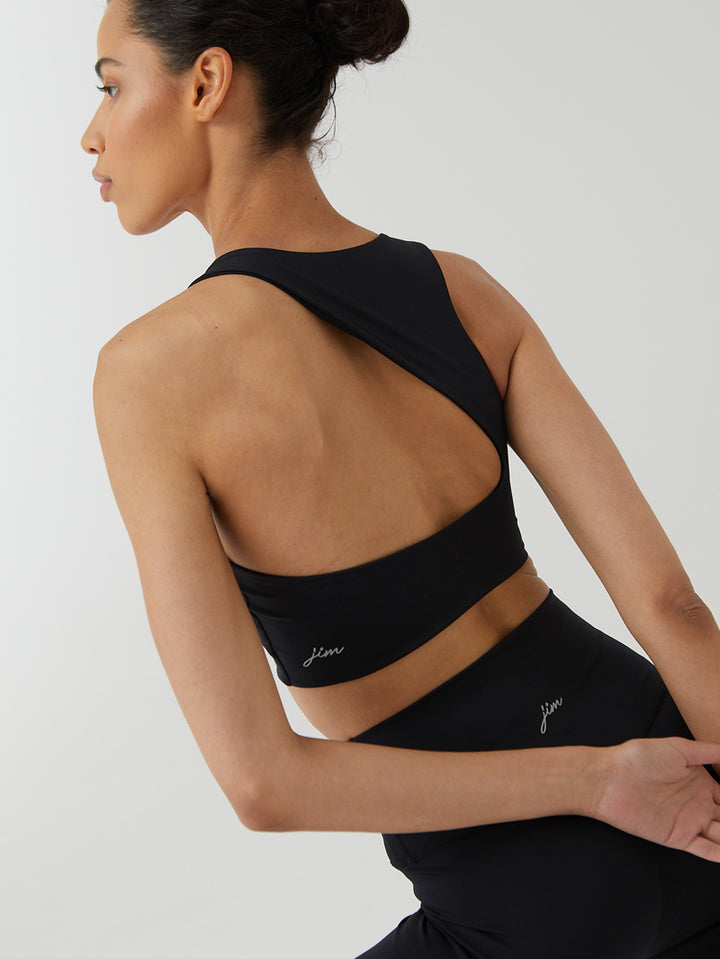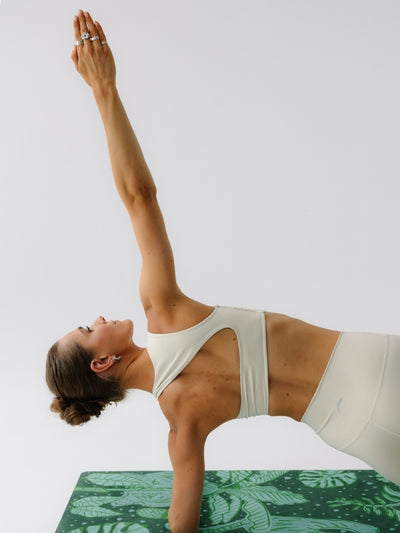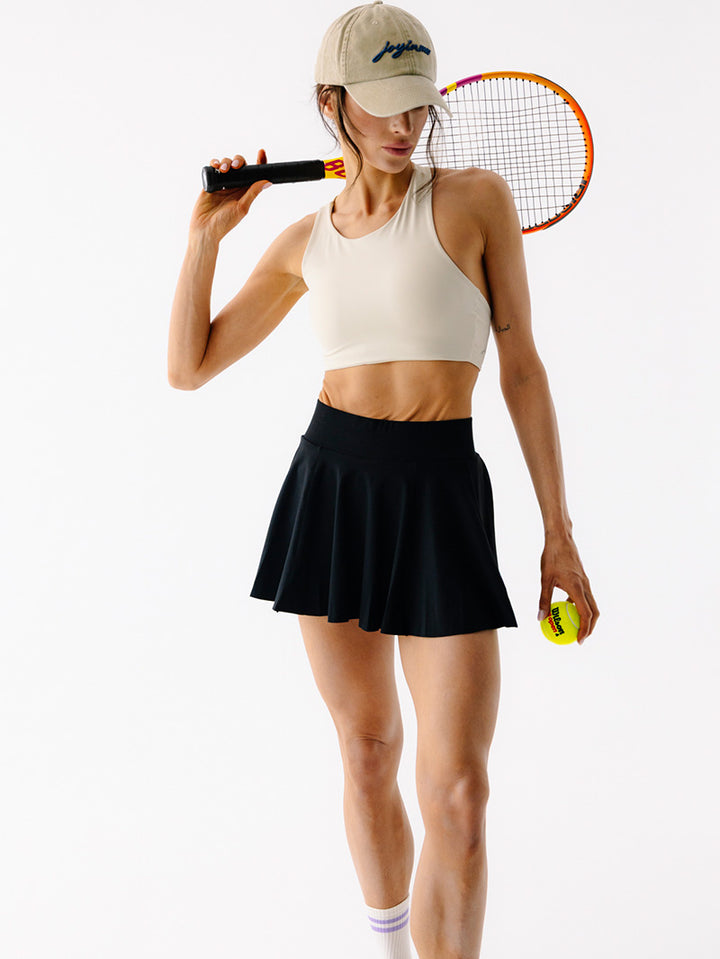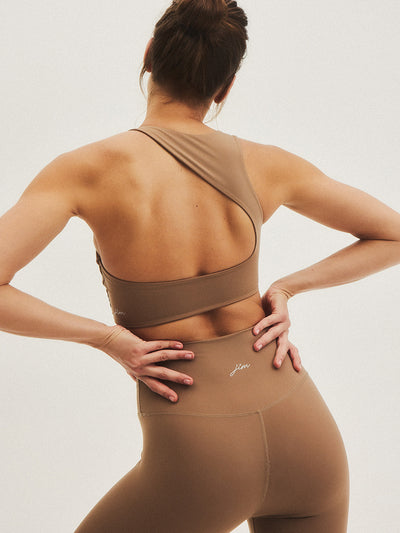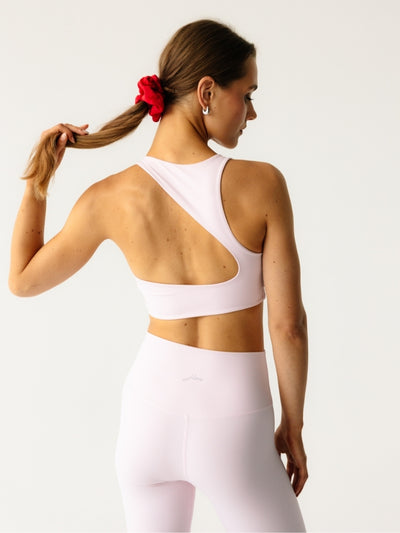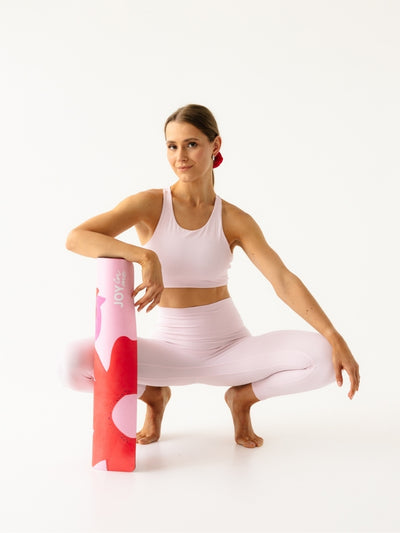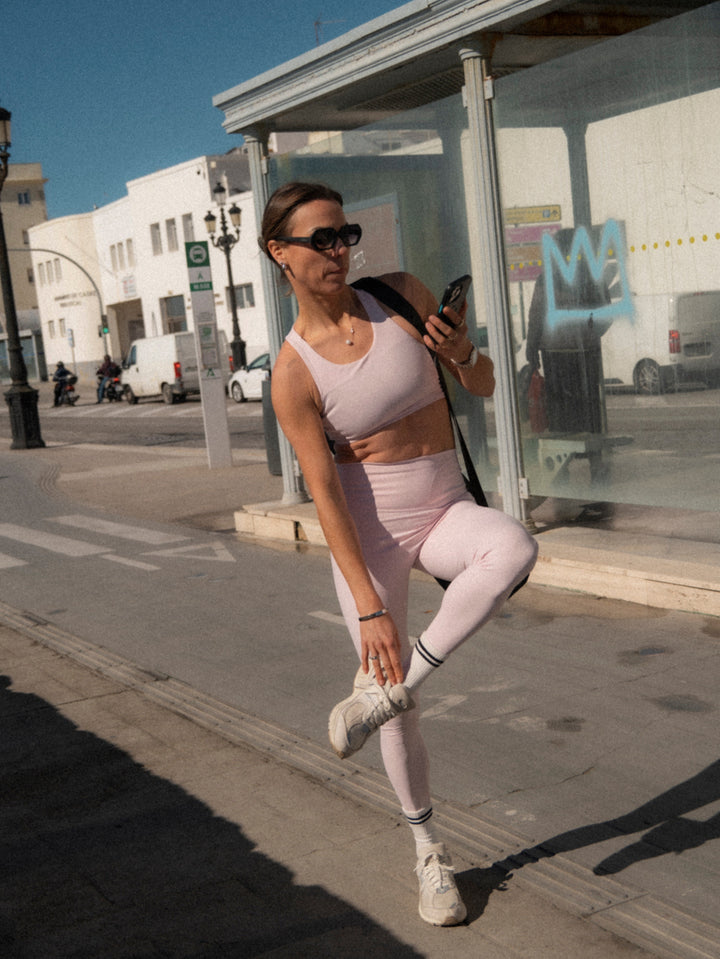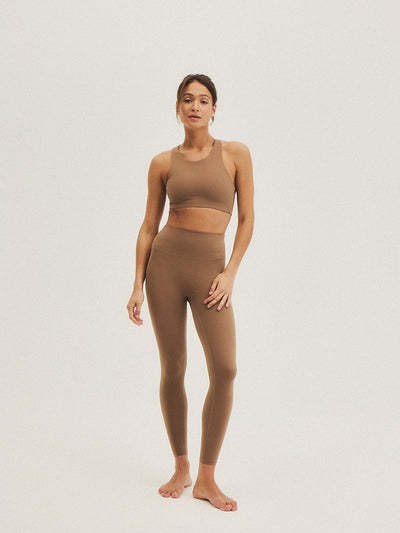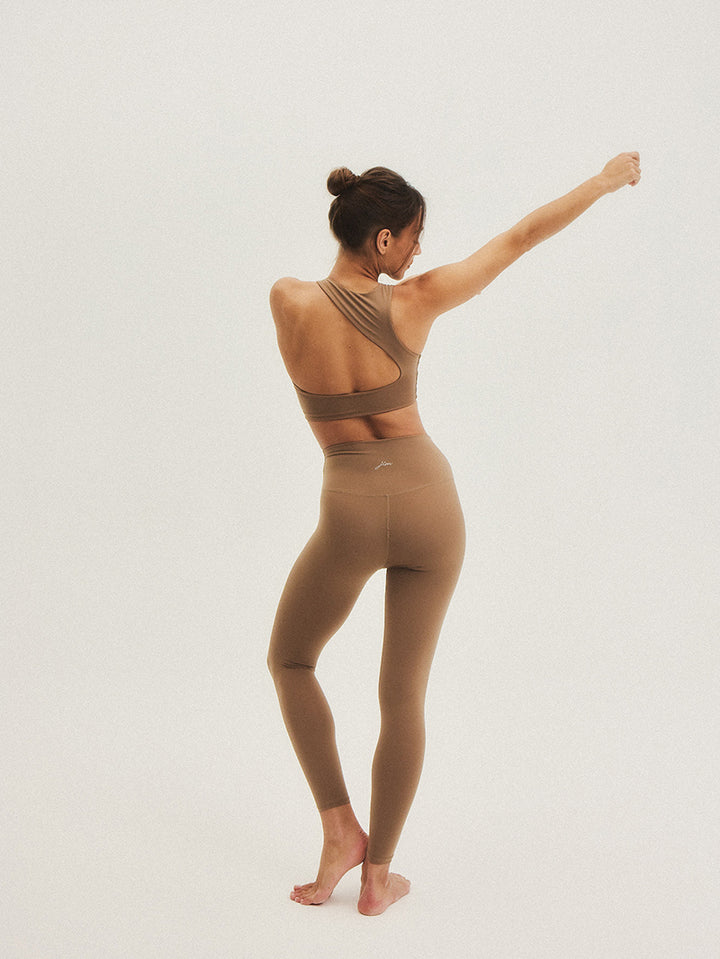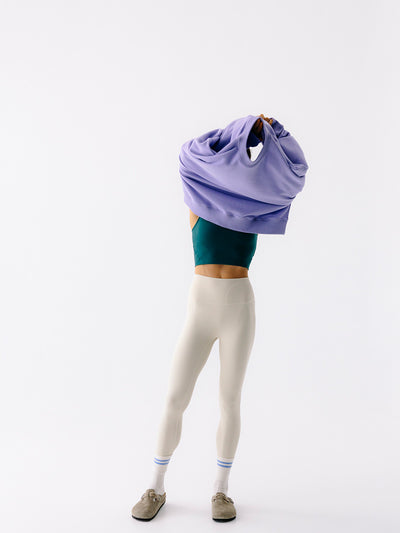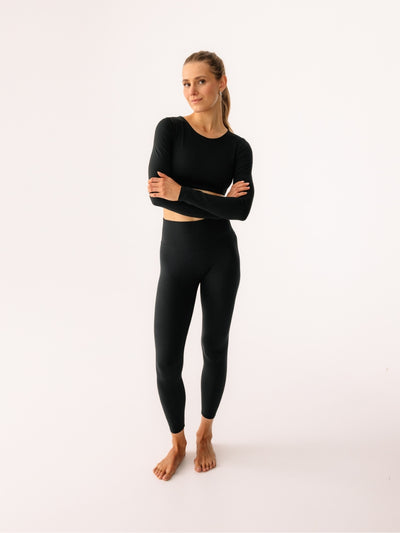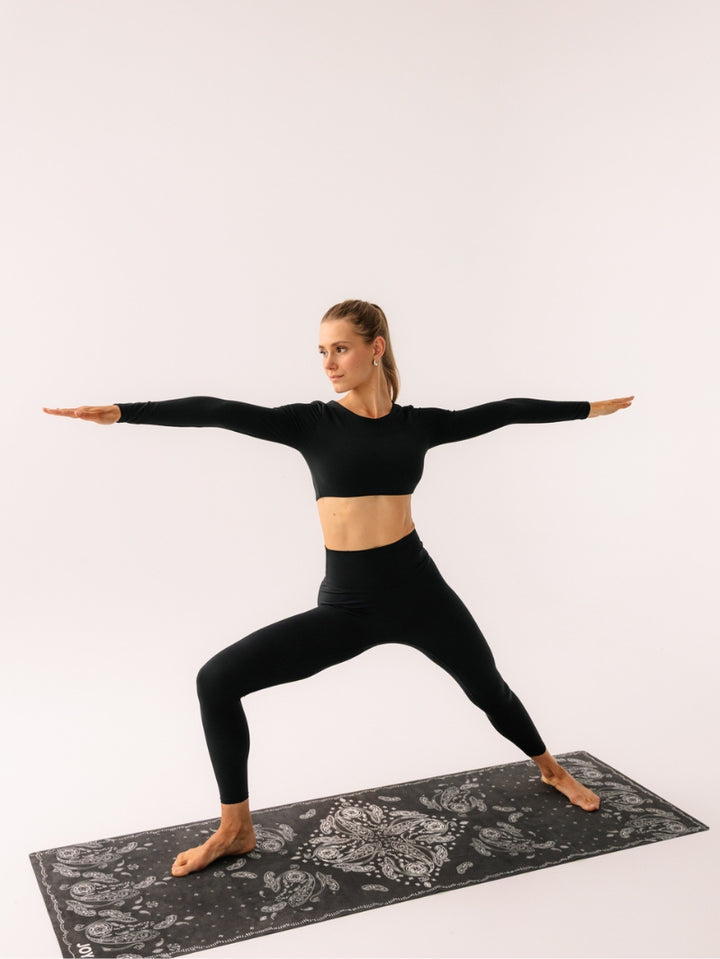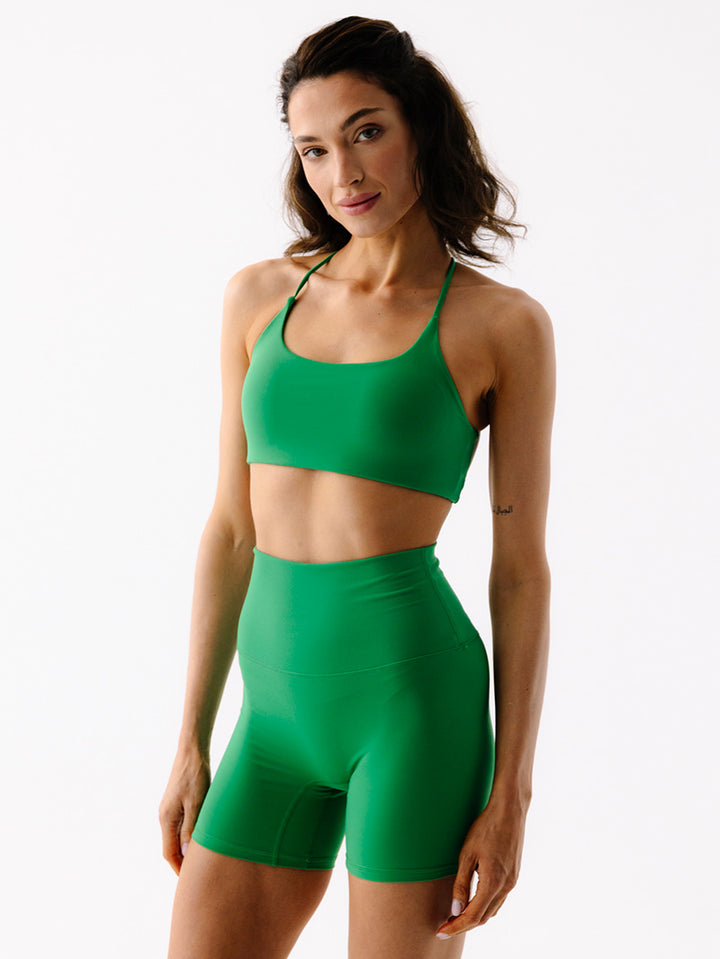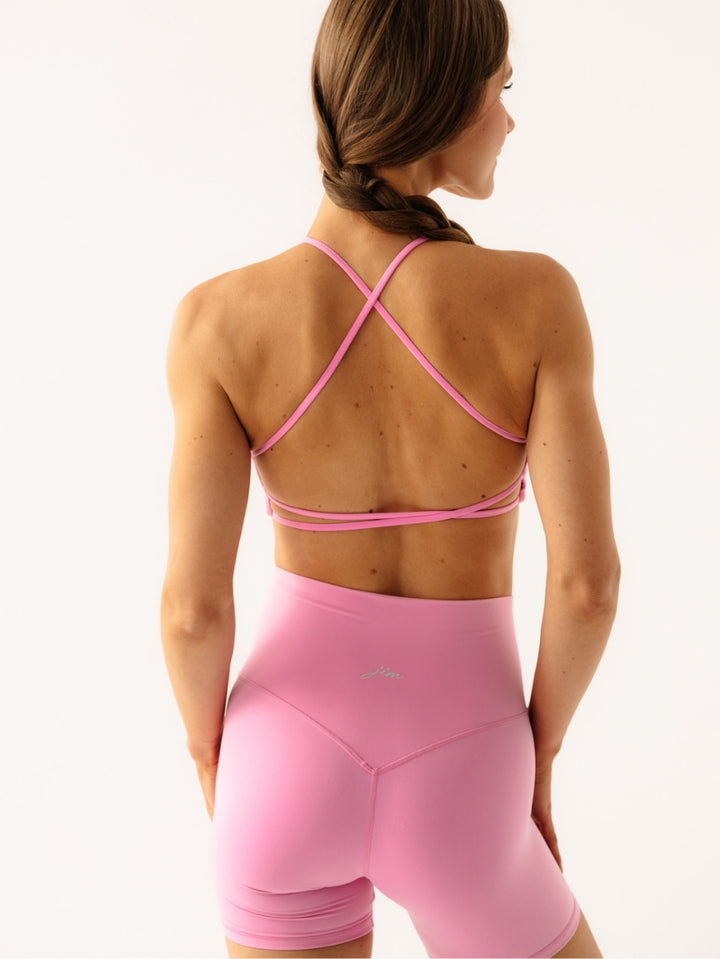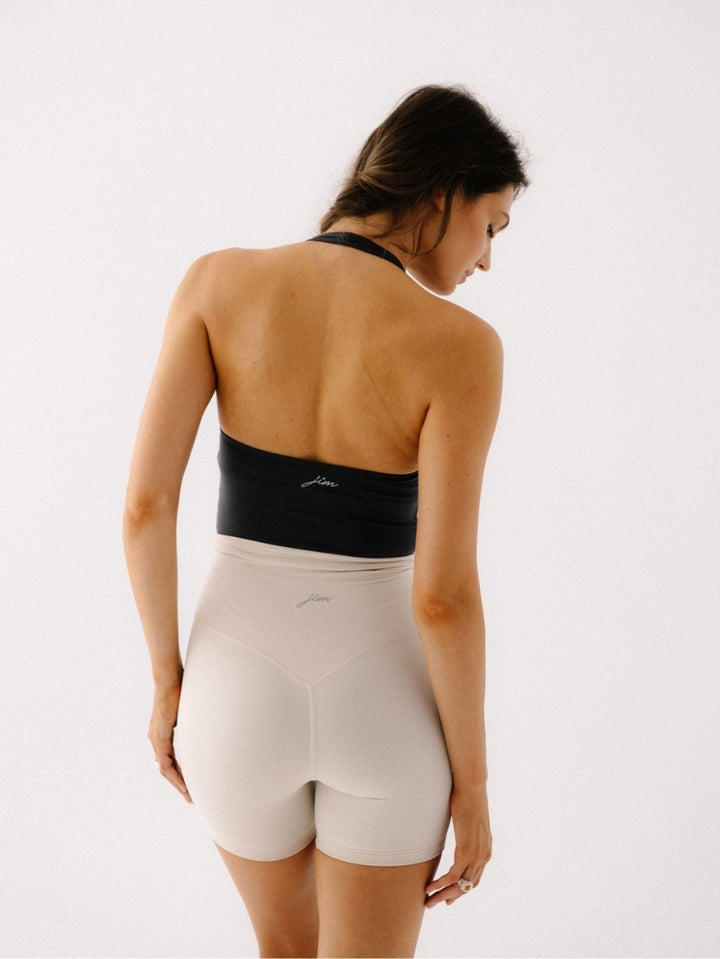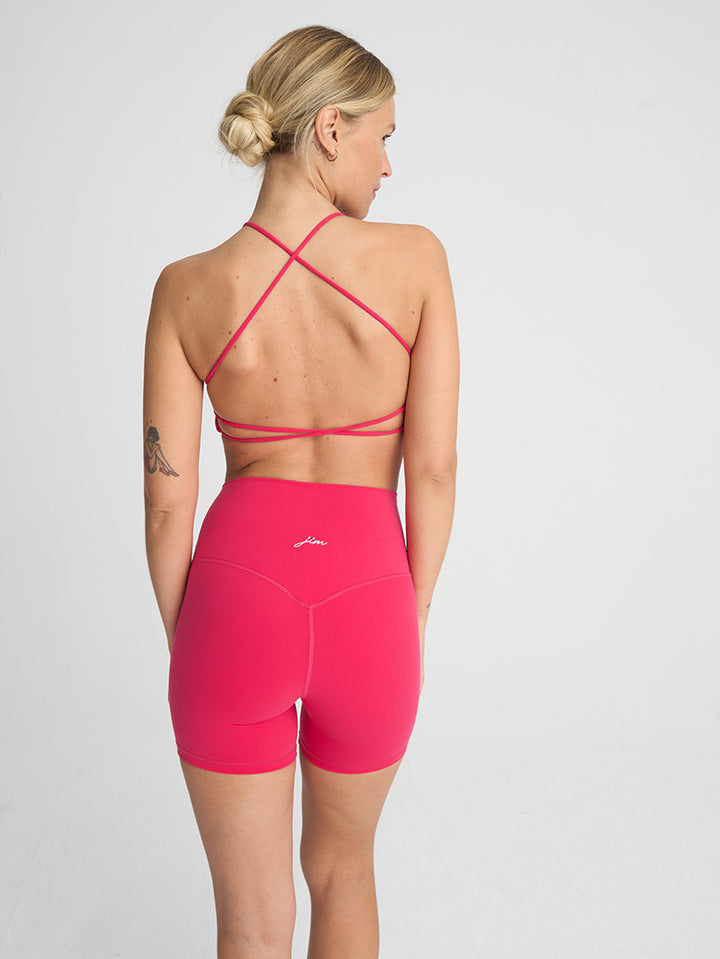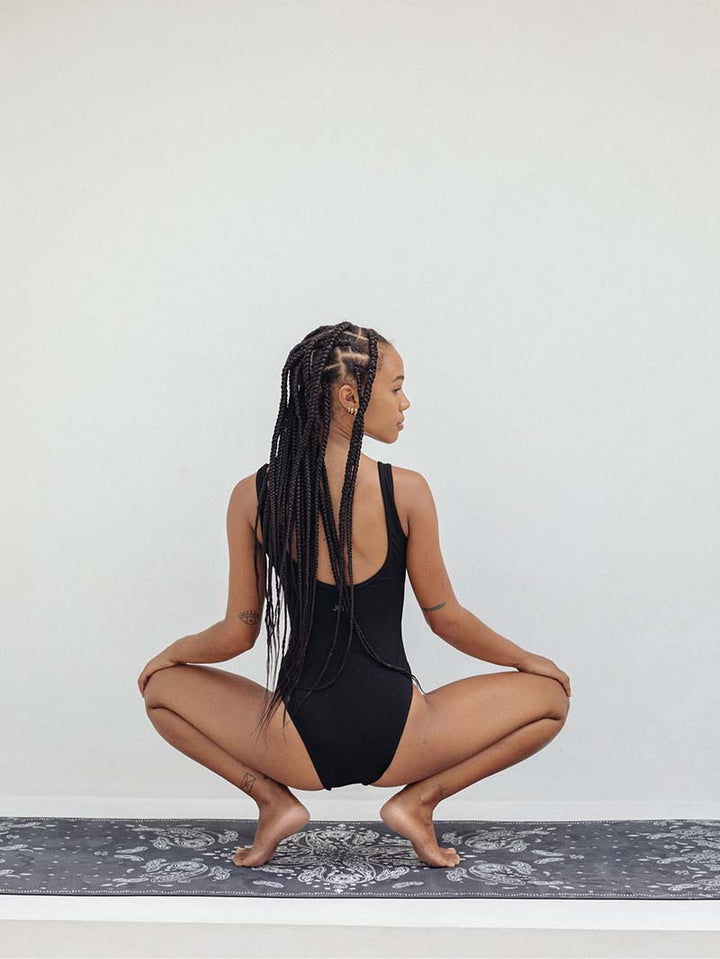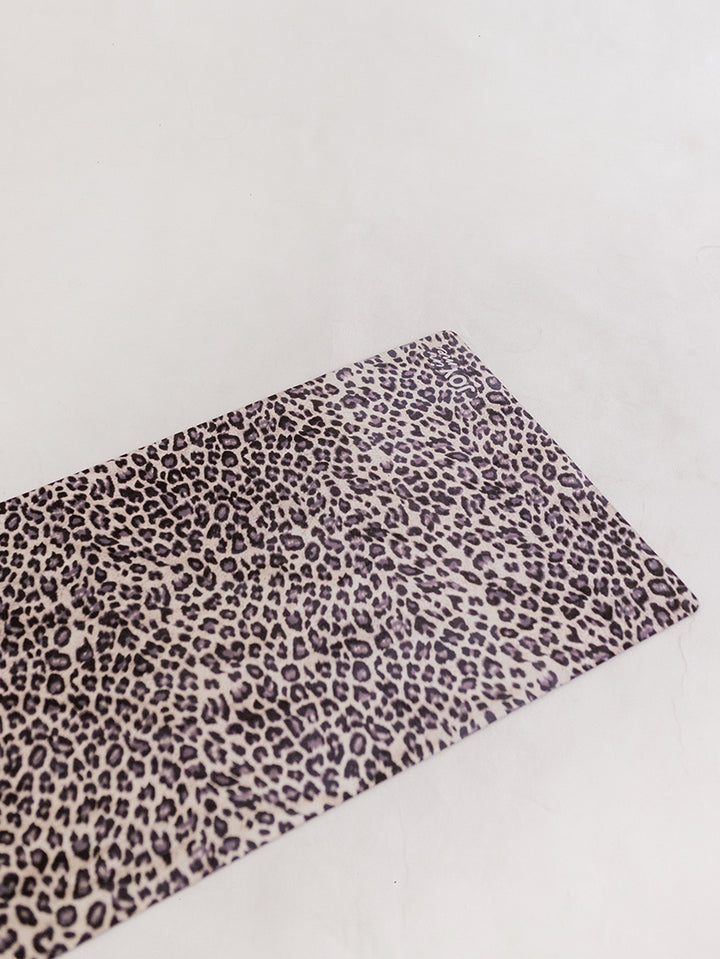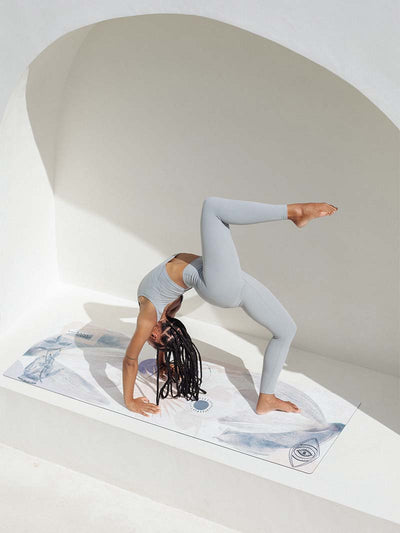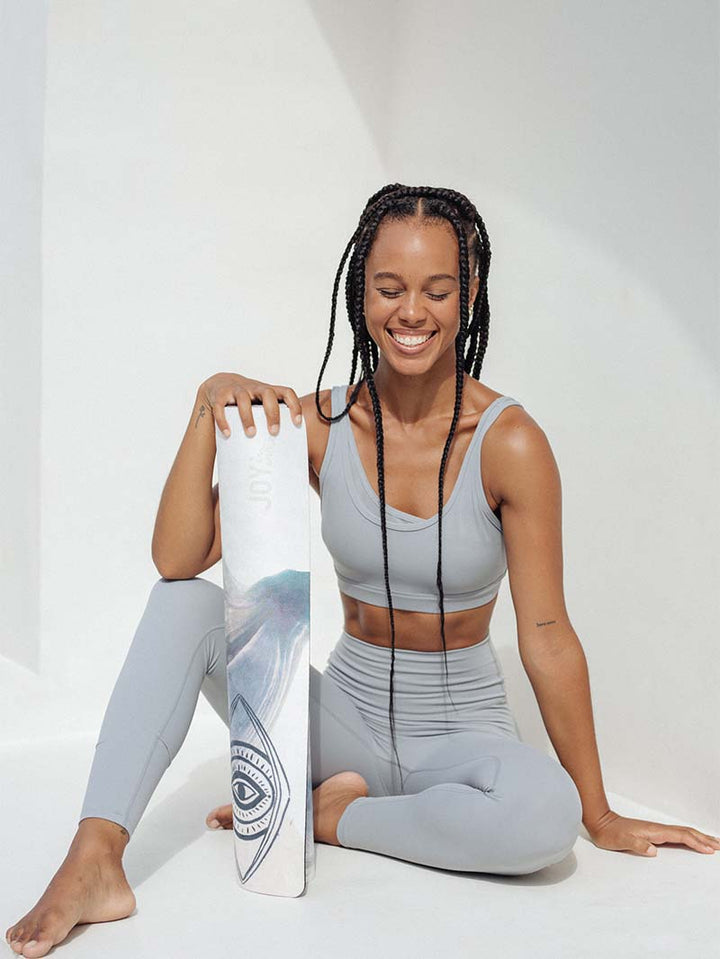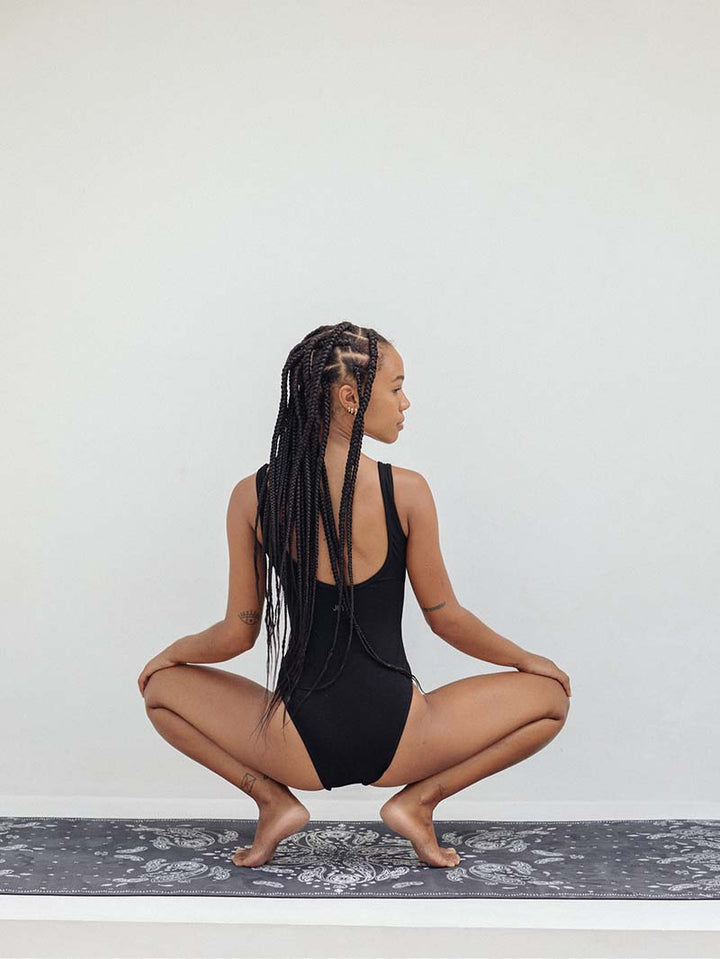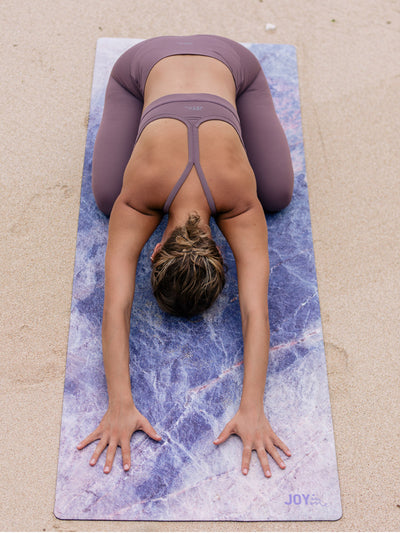Power yoga – how does it differ from classic styles?
Power yoga, a dynamic form of yoga, significantly engages all body parts. It emphasizes developing strength, flexibility, and agility. Fast-paced and energetic, this type of activity differs from classic yoga styles. If you want to improve your endurance, stretch your body, and burn calories, consider this type of practice.

Where does power yoga come from?
Power yoga originated from Ashtanga yoga, popularized by Krishna Pattahbi Jois of India. It was thanks to his efforts that the teachings of his master, T. Krishnamacharya, became known worldwide. In the late 1970s, yogis from the United States began coming to Mysore, India, to practice Ashtanga under Jois's guidance. Among them were Bryan Kest and Beryl Bender Birch, who are considered the founders of power yoga.
In their practice, they went beyond the Ashtanga tradition – to the asana sequences they had learned, they added their own, based on fitness or dance, as well as mindfulness meditation, which introduced greater freedom to the rigorous Ashtanga practice.
Exercises and practice
Power yoga is a true endurance workout. The exercises involve performing asanas using your own body weight. Each asana requires strength, which strengthens muscles and shapes the body. It also helps increase flexibility and coordination. Breathing should determine the rhythm of the workout, so it's worth listening to it. Transitions between individual asanas should be smooth and quick. Combining all these aspects will effectively burn calories and improve your fitness. Remember that precision isn't as important in power yoga as it is in classic forms. Skillfully combining individual movements at a fast pace should be the priority, and that's what you should focus on.

Power yoga — for whom?
Power yoga is a specific set of exercises. It's recommended for those who have already gained some experience in classical yoga. Those who haven't practiced asanas may find it difficult to adjust the pace of the workout, but everything can be learned. Dynamic yoga, which increases endorphin levels in the body, may not appeal to those seeking relaxation and rest.
What do you need to practice power yoga?
If you want to start practicing yoga regularly, remember to have a suitable mat and comfortable attire. A high-quality yoga mat is essential. It's worth choosing a product made of rubber. The FLOW mat is an ideal choice, featuring high grip and a unique print. Comfortable yoga leggings that won't restrict movement are also essential. Choose soft material that doesn't stretch, returns to its original shape, and conforms to your body to feel comfortable and relaxed. This is especially important when practicing power yoga.
As you introduce new poses into your daily workouts, you can also add practical accessories that will certainly help you diversify your exercises. You can find a wooden cube or a practical meditation cushion in our store. Power yoga will tire you out, so it's worth having a practical towel on hand for hygiene. Let your body recharge and join the ranks of those who exercise regularly.
